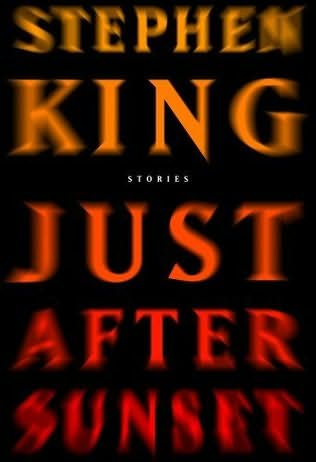
Bruce Mau is a Canadian designer who studied at the Ontario College of Art & Design. He is interested in innovation and creativity. He is very optimistic and is always looking for ways to improve civilization. He has received great recognition for the book S,M,L,XL, which was designed and conceived by Bruce Mau himself. The opportunity of opening his own design studio came along with designing the Zone book series. Bruce Mau Design specializes in book designs, logos, store interiors, signage, landscapes, film, magazines, and museum exhibits. The Zone books are known for their content and flexibility.


42. Remember.
Growth is only possible as a product of history. Without memory, innovation is merely novelty. History gives growth a direction. But a memory is never perfect. Every memory is a degraded or composite image of a previous moment or event. That’s what makes us aware of its quality as a past and not a present. It means that every memory is new, a partial construct different from its source, and, as such, a potential for growth itself.











